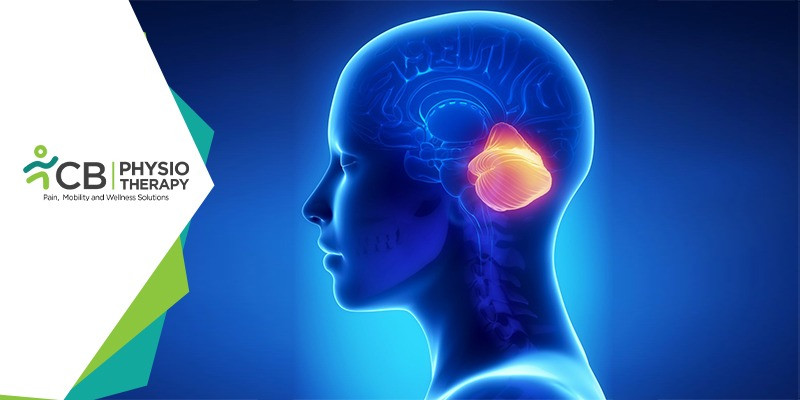Does anyone around you have difficulty in walking, holding things, or speaking? And is also diagnosed with cerebral ataxia. Then you should certainly help him/her to pursue the right treatment as early as possible. Ataxia is associated with a wide variety of health conditions, it occurs due to disease or injury to the cerebellum, an area in the brain that controls muscle movement. Any type of damage to the cerebellum causes loss of muscle contraction, especially in the hands and legs. Interventions like drug therapy, physiotherapy, and occupational therapy are available to reduce spasticity, loss of balance, and tremors. The physiotherapist designs the treatment program which is suitable for the patient to attain the desired goal, prepared from the interpretation of the assessment and measurement results. Given below are a few exercises that can be easily done by a patient suffering from cerebral ataxia.
Cerebellar Ataxia
Cerebellar ataxia occurs when the cerebellum becomes inflamed or damaged. The cerebellum is responsible for controlling gait and muscle coordination. This disorder can occur due to stroke, developmental abnormalities, viral or bacterial infection, cerebellum bleeding, trauma, and many other causes. It can result in postural unsteadiness, tremors, difficulty in speech, difficulty in walking, difficulty in swallowing, involuntary movements of the eye & clumsiness, all these symptoms occur due to cerebellar dysfunction.
Physiotherapy helps restore function, reduce the activity limitations by improving gait, balance, and trunk control for individuals with ataxia. Few exercises that can be added to the treatment plan are:
Lie with bent knee rotation:
Lie on the bed with face up and both the knees bent, hip-width apart and feet flat on the floor, arms are kept away from the body. Keeping the upper body and back flat, slowly begin to rotate the knees from one side of the body to the other side.
Kneeling press up:
Start with upright kneeling, knees under hip and arms by the sides, slowly move from a high kneeling position with hip straight, to a low kneeling position hip from down to rest on heels.
Quadruped weight shifting:
Start with the hand under the knees in a kneeling position, with knees, hips, and the spine in a neutral position. Reach an arm forward to shoulder height. Extend the opposite side leg backward to hip height and try to balance before lowering both the arm and leg to the ground.
Vestibular ball:
A vestibular ball can be used for balance exercises, with the support of a physiotherapist. The patient sits upright on an exercise ball with feet apart. The legs are then locked by the physiotherapist to prevent any fall. Smoothly shift the weight from one side to another by moving the upper body to the right and then to the left side.
Standing heel to toe balance:
Stand upright on one foot and the other in front, so that the heel of the front foot touches the toes of the back foot.
Standing lateral weight shift:
Attain a standing position with feet hip-width apart, start to shift the entire weight from one side to another, while keeping the hip, trunk, and head upright.
Standing anterior-posterior shift:
Attain a standing position, with feet hip-width apart, start to shift the entire weight from forward into the toes to back into the heels. Keeping the hip, trunk, and head upright.
Lateral lunge:
Start with the standing position, feet hip-width apart. Shift the entire body weight and the hips towards one side backward and laterally while bending the knee on the weight-bearing side. Then straighten back and return to the standing position.
Single leg stance:
Attain a standing position, shift the body weight onto one leg, and lift the other leg off the floor. Try to balance on the standing leg. Lower the lifted leg after some time and repeat with the opposite leg.
Sit to stand:
Sit in a chair, feet under the knees at hip-width apart. Place the entire body in front of the chair, shift the upper body weight forward over the legs, push up into the standing position and return to the sitting position.
All these exercises are to be done 3 times a day with 10 repetitions and should be done under the guidance of a well-trained physiotherapist.

